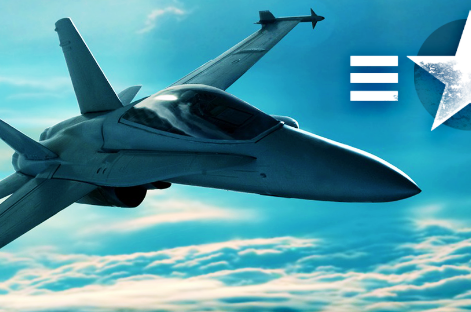
Instead of backing down, he secured an attorney and doubled down on his demand:Ī mock-up of Leonard’s correspondence with Pepsi (legal proceedings, via Justia) The company returned Leonard’s check, threw in some pity coupons, and made it clear that the jet in the commercial was purely “fanciful.”Ī mock-up of the response Leonard received from Pepsi corporate (legal proceedings, via Justia)īy this point, Leonard had already sunk ~$4k into consulting with legal professionals and researching case law on deceptive advertising. Several weeks later, Leonard received a reply from Pepsi. On March 28, 1996, he mailed 15 Pepsi Points, along with a check for $700,008.50 (including shipping), to Pepsi and politely asked for his jet. Over several months, the enterprising college student put together a business plan, researched case law on promotional advertisements, and convinced several investors - wealthy clients he’d met while working as a climbing guide - to front the cash.

The catalog only required participants to submit 15 points they’d collected from cans and bottles the rest could be bought directly from Pepsi for 10 cents each by mailing in a check.Īll Leonard had to do to get 7m points was raise $700k. Leonard was a 10-cans-per-day kind of guy.īut even at this high rate of consumption, collecting 7m points was a daunting task.Įach 12-pack of Pepsi was worth 5 points, meaning he’d have to consume 16.8m cans to reach his mark. Leonard during a CBS interview in 1996 (CBS News, via YouTube) Moreover, it cost ~ $33m to manufacture and - needless to say - wasn’t available to the general public.Īt 7m Pepsi Points, the jet was a steal. Capable of taking off vertically and carrying 10k pounds of bombs, it had been called the “most captivating and the most dangerous plane in the US military.” He knew, from an interest in flying, that the Harrier was a US Marine Corps aircraft used extensively in the Gulf War. Then a 21-year-old business student at Shoreline Community College, he saw the Harrier jet as a legitimate offer - and sniffed an opportunity for promotional arbitrage. Leonard first saw the commercial during a Pacific Northwest test run in February of 1996. Most of the kids who saw the commercial - members of the so-called “ Pepsi Generation,” a new class of youthful consumers who cared more about lifestyle than brands - figured that the jet was part of Pepsi’s zany sense of humor and not a real prize.īut in Seattle, Washington, a young man named John Leonard wasn’t laughing. Notably absent from this list of items was the Harrier fighter jet. The catalog included 53 items in total - most of which were your run-of-the-mill corporate swag: T-shirts, hats, and beach towels. Customers could also purchase Pepsi Points for 10 cents each.Customers could save up the points and redeem them for items listed in a Pepsi Stuff catalog.

#Fighter jet games hacked plus#
Please try again!ĭelivered weekdays plus a bonus Sunday feature. In total, this promotion cost Pepsi an estimated $200m ($350m today) to roll out, including $125m worth of merchandise. It was, per The New York Times, the “largest promotional campaign in the company’s history” - one that Pepsi hoped would steal market share from Coca-Cola at the tail end of the decades-long Cola Wars. The commercial was the national debut of a promotion called Pepsi Stuff. “HARRIER FIGHTER … 7,000,000 PEPSI POINTS” flashes across the screen as the music crescendos into a fade-out.

The narrator chimes in - “ The more Pepsi you drink, the more great stuff you’re gonna get!” - and the scene shifts to the teen landing a computer-generated Harrier fighter jet in front of his high school, blowing the clothes off a bewildered principal in the parking lot. Said teen then swaggers through a door in a leather jacket (“LEATHER JACKET 1,450 PEPSI POINTS”) and flips on a pair of blue-tinted sunglasses (“SHADES 175 PEPSI POINTS”). The text, “T-SHIRT 75 PEPSI POINTS,” appears to the beat of a military drum line. It opens with a cocky teenager donning a Pepsi shirt.
#Fighter jet games hacked tv#
In the spring of 1996, Pepsi debuted a hot new TV commercial.


 0 kommentar(er)
0 kommentar(er)
